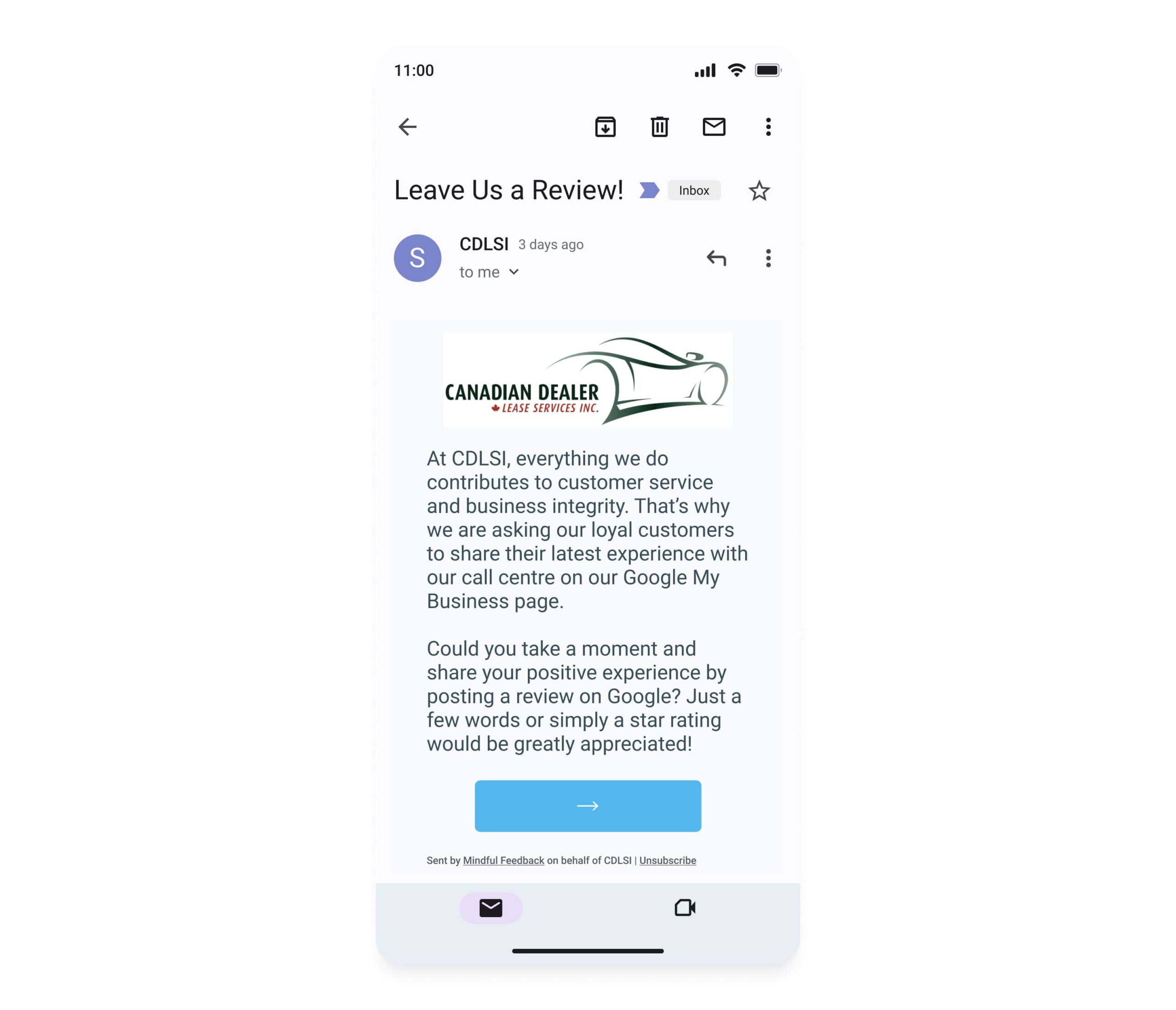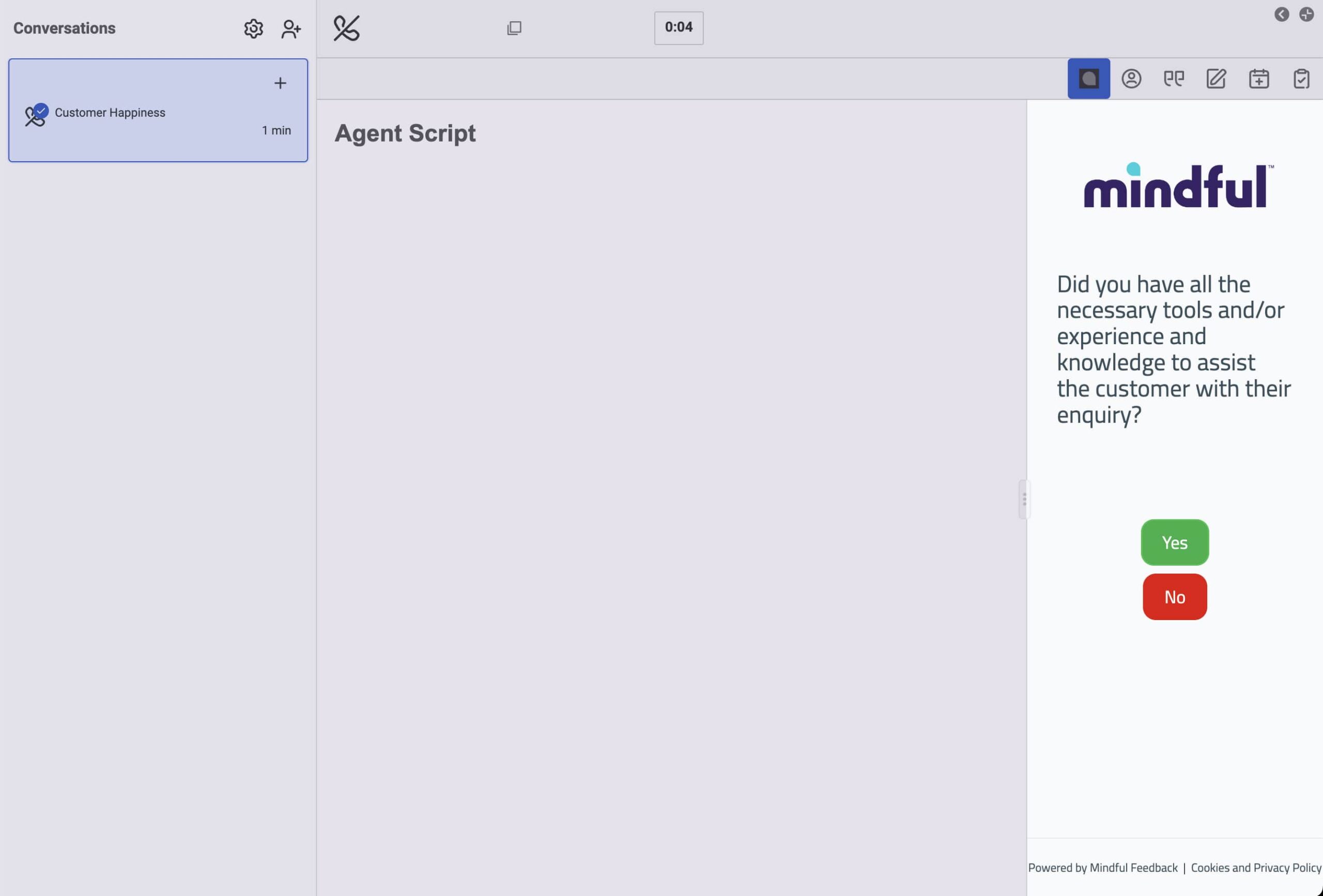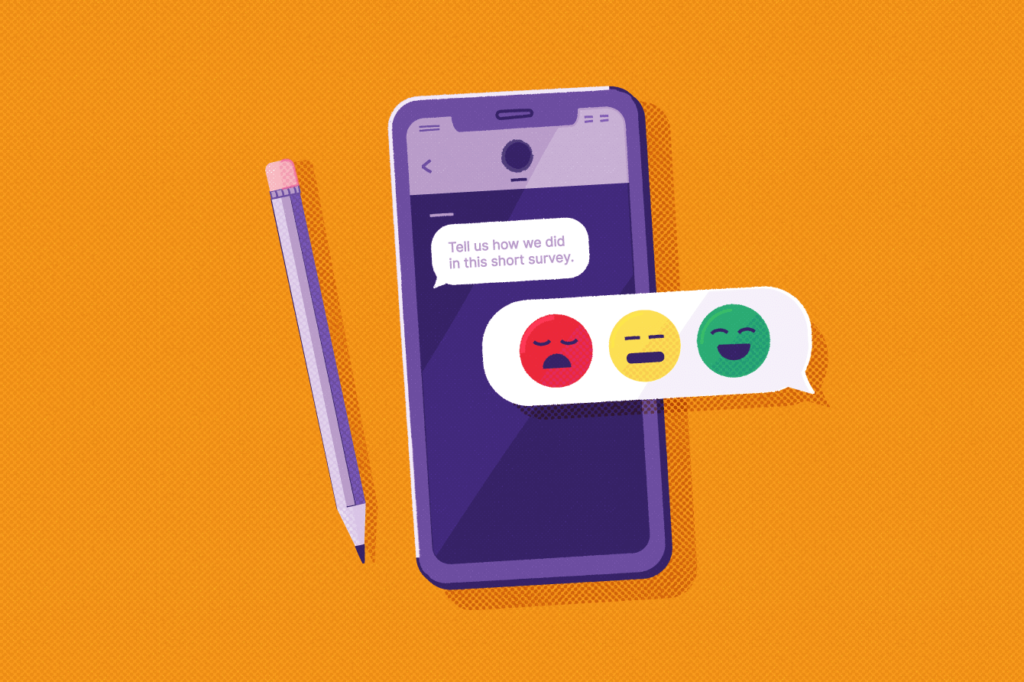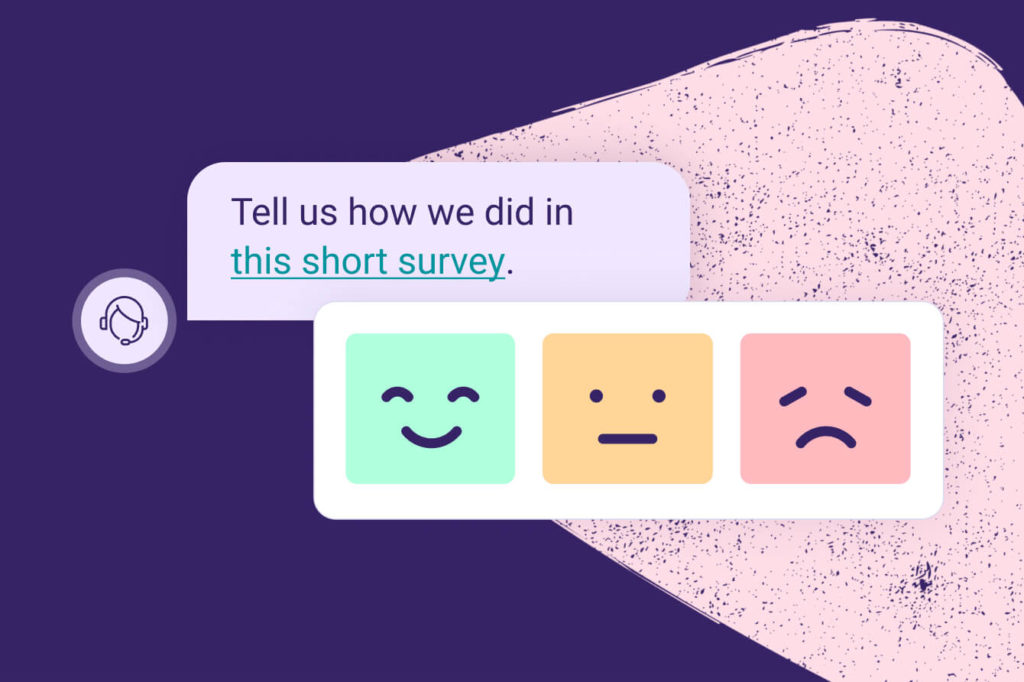Voice of Customer has been getting more and more airtime lately, with brands of all shapes and sizes racing to find the best solutions for gathering customer feedback and turning it into action.
And that’s a good thing, since getting VoC right can make or break a brand.
But sometimes, if we’re honest, we know it’s easier to talk about VoC theory, tech, and best practices than it is to put it into practice. And it might just be someone else’s idea or use case that ignites the spark you in turn bring to your business.
So to help with that spark, we rounded up voice of customer use cases from three Mindful clients to give you examples of how you can use VoC to wow your customers and give your brand an edge in the marketplace.
1. Boost your brand reputation by promoting the promoters.
Customer reviews are a critical part of today’s buyer’s journey. Ninety-nine percent of Americans surveyed said they read reviews when shopping online, and 57% said they’ll read reviews when considering a purchase in a brick-and-mortar store. Reviews have become so important, one survey found that a one-star increase in customer reviews can boost revenue by five to nine percent.
So how can you encourage more customers to leave a review of your brand or business—whether on your website, social, or other review platforms?
All it takes is a little creative automation in your VoC program.
Like many enterprise-level companies, Canadian Dealer Lease Services Inc. (CDLSI) uses NPS surveys to gauge a customer’s satisfaction and likelihood they’ll recommend their experience to family or friends. Except rather than only use their NPS data for internal benchmarking, CDLSI puts customer NPS scores into action. If a customer leaves a 9 or 10 NPS rating, CDLSI automatically sends a follow-up email with a link to leave a Google Review for their business.
We call this promoting the promoters—effectively taking a subset of promoters (those who are already the most energized to talk about your brand) and providing them with another opportunity to share their experience on a larger scale.
After implementing this VoC automation, CDLSI increased their Google Review rating by over 80%—boosting their visibility on Google and increasing the likelihood of attracting future customers.
Takeaway: VoC data—while helpful as a CX benchmark—is only truly valuable when it leads to action. Use VoC data like CSAT, NPS, or CES scores to identify customers who had a positive experience with your brand, then find ways to follow up and provide practical outlets for them to share their experience with others.
2. Make Quality Assurance a team effort.
Customer success isn’t just the responsibility of your customer service department. Similarly, when brands silo their VoC data to just one or two departments, it creates a customer disconnect across the board:
- C-suite execs lose touch with the wants and needs of their customers.
- Product managers don’t know how the product is impacting the customer.
- Marketing teams have to guess what makes customers take action.
- Support teams can’t course correct if they’re unaware of a speed bump in their service flow.
True customer success happens when key stakeholders can access and review VoC data at any time to ensure Quality Assurance (QA) at every step of the customer journey. And with a best-in-class VoC solution, brands can set up notifications that’ll ping those stakeholders in real time when an immediate issue needs to be addressed.
This is especially true when basic necessities like water, heat, and electricity are on the line. That’s why Colorado Springs Utilities (CSU) actively collects and monitors their VoC and ensures every department is involved. For starters, CSU has set up multiple pathways for customers to connect with their support team—whether it’s online chat, a 24/7 self-service portal on their website, and even an in-person customer service center in downtown Colorado Springs.
And that’s just the tip of the iceberg. Their QA program dives deep into understanding who their customers are and what makes them tick. Their CX teams regularly review customer feedback and recorded calls to create a more customer-centric service, and their VoC solution triggers real-time notifications to alert team members and stakeholders across departments when a negative interaction occurs.
The more eyes they have on VoC data and insights, the better poised they are to make meaningful changes—both inside and outside their service department—to meet the high demands of their customers and create a winning experience.
Takeaway: Data silos are nothing new, but as brands have added more and more tech and channels to their tech stacks, it’s become significantly easier to create them. When evaluating a VoC solutions, make sure it’s complete with:
- Configurable notifications that can ping stakeholders about detractors.
- A real-time analytics dashboard so CX leaders can see exactly what’s going on behind the scenes.
- A scheduled reports feature that can send regular VoC data and insights to different departments.
3. Improve your EX to level up your CX.
Agents are the lifeblood of every contact center. They engage with customers day in and day out, giving them the inside scoop on who your customers are, what they need, and any friction points they encounter along their customer journey.
But to access this kind of boots-on-the-ground VoC data, brands need to create pathways to actively survey and listen to their agents while providing the support they need to better serve their customers.
Elanco, a global leader in animal health, accomplishes this through an automated post-call survey presented to their agents after every call. The survey consists of two basic questions:
- Was the customer receptive to the solution you provided?
- Did you have all the resources you needed to assist this customer?
This agent survey is then tied directly to the customer’s interaction with the agent and their CSAT or NPS surveys, letting CX managers compare responses and get a deeper level of insight into both the customer and agent experiences. More specifically, cross-referencing agent and customer surveys can highlight friction points that wouldn’t necessarily show up in agent one-on-ones, such as:
- Agent confidence when dealing with certain customer issues.
- Areas where an agent might need specific training.
- Overall customer satisfaction with the agent’s prescribed solutions.
By listening to and acting on agent feedback, Elanco both strengthens their contact center and gathers valuable data that helps them build stronger experiences for their customers.
Takeaway: Your agents are your strongest line of defense for your customer experience. Use a VoC solution to internally monitor their satisfaction, identify areas where you can provide greater support, and spot signs of agent burnout before it’s too late.
Next steps
A true voice of customer program does more than just passively collect customer feedback. It requires full company buy-in—placing the customer at the forefront of every decision-making process and a willingness to go the extra mile to create a winning customer (and agent!) experience.
With customer service being the differentiator between brands today, you can’t skimp by with substandard VoC software. That’s why Mindful Feedback gives you everything you need to hear from your customers and take actionable steps to improve their experience—from multi-channel surveys and post-call feedback to sentiment analysis and real-time analytics and notifications.
Want to see one of these use cases in action? Check out the Mindful Feedback demo to see the entire VoC platform, or reach out for a customized demo to dive into one of these use cases.








